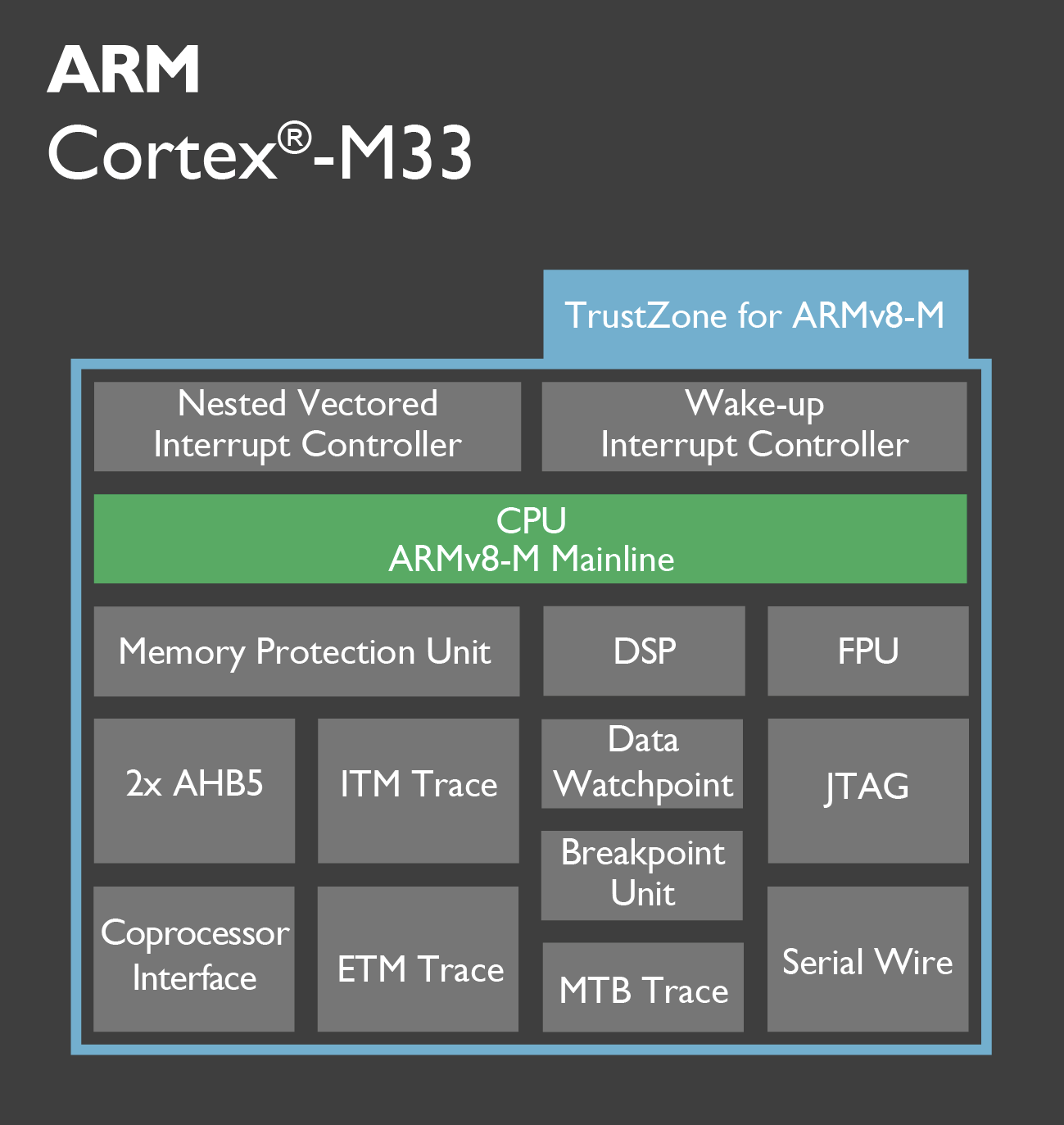By Jim Harrison
ARM TechCon in Santa Clara is in full swing and there are a number of interesting innovations being discussed. The technical sessions, occurring Tuesday, October 25th , through Thursday, October 27th , focus a lot — a real lot — on security and IoT. You could be a security expert after a couple of days here.
Tuesday keynote
Masayoshi Son, the CEO and Chairman of the Board of SoftBank Group Corp. — the new owner of ARM — reassured everyone that ARM would continue business as usual. He talked about an interesting perspective. 500 million years ago, the earth was in the middle of the Cambrian explosion when just a few species changed to tens of thousands — evolution. One of those new species was the trilobite, the first species with vision, and this forever changed the earth.

Fig. 1: Masayoshi Son, Softbank CEO.
Masayoshi said that he thinks the present day is similar in that we are in for the IoT explosion — a period of big change of which he wants to be a part. Now is the time, and that is why he purchased ARM. He noted that he is interested in discussing the long-term goals and vision of ARM. He is not interested in day-to-day operations or quarterly results.
ARM CEO Simon Segars said that the financial support of Softbank will allow ARM to do more and reach higher.
New cores
The new ARM Cortex-M23 and Cortex-M33 ARMv8-M-based processor cores are ARM TrustZone technology-capable, greatly adding to security features available for even the smallest of embedded devices. The new processors make it easier for developers to create very energy-efficient, secure, and connected IoT devices. The M33 is based on the Cortex-M3 and M4, while the M23 is based on the Cortex-M0 and M0+.
Connected device designs with microcontrollers using the new cores will benefit from the protection offered by the security-critical functionality, such as secure boot, cryptography, identity, and key management, provisioning, and update of the devices.

Fig. 2: The new Cortex.
The M33 provides configurable support for TrustZone, DSP, and floating-point computation. Cortex-M23 is built for small, energy-sipping IoT and embedded products. It extends the capability of the Cortex-M0 and -M0+ Cores. Both processors are suitable for functional safety applications, with safety documentation packages to help silicon partners achieve IEC 6150 SIL3 and ISO 26262 ASIL D certification to follow.
New sub-systems
The new CoreLink SIE-200 is billed as a secure, low-power foundation for IoT nodes. Its interconnect and TrustZone controllers provide a hardware-enforced isolation between secure and non-secure applications. The system has a comprehensive mix of backplane IP to efficiently secure memory and peripherals and enable designers to target multiple IoT applications with an optimized ARMv8-M system. It reduces time-to-market and cost in designing secure systems.
TrustZone CryptoCell-312 further enhances SoC security with features that include secure storage, key management, TRNG, and crypto acceleration. It enhances SoC-level security with features protecting the authenticity, integrity, and confidentiality of code and data belonging to the chip maker, device maker, service provider, and the end user. The package provides security mechanisms including persistent storage of secrets, rollback prevention, validation of loaded software, validation of software updates, cryptography, true random number generation, and strong authentication of parties prior to giving them access to resources.
The ARM CoreLink SSE-200 is a new IoT subsystem for Cortex-M33 with integrated and secure mbed OS and an interface to ARM Cordio wireless radio IP. The sub-system offers the fastest route to silicon for designers using the ARMv8-M architecture. It combines all of the latest ARM IP to provide a foundation for building a secure IoT node. The CoreLink SSE-200 Subsystem integrates the Cortex-M33 processor, the CoreLink SIE-200, power infrastructure, new instruction caches, secure debug infrastructure, optional TrustZone CryptoCell, and optional Cordio radio. It also includes mbed OS and secure libraries.
Also new from ARM is mbed Cloud , a software-as-a-service. Mbed Cloud provides secure and scalable IoT device management for any device, any network and any cloud. It does provisioning and connects a diversity of IoT end nodes, with cost-effective, secure, and reliable software updating for long secure product lifetime.
Atmel START
Atmel START is a web-based, IDE-agnostic, embedded software configuration and deployment engine, allowing developers to rapidly build custom software platforms and graphically configure low-level interfaces like system clocks and pin-mux settings. The new tool allows developers to select low-level drivers, advanced middleware, RTOS, and high-level communication stacks and configure them for either evaluation boards using Atmel|SMART ARM-based MCUs or for their own custom boards. Once the software is configured, the user can download the project for a variety of supported development systems, including Atmel Studio 7, IAR, Embedded Workbench, and Keil.
Live Recorder from Undo
Undo Software’s “Live Recorder” changes the process of debugging, particularly for companies porting from legacy hardware architectures to ARM or for those migrating to newer versions of the ARM architecture. It is a library that can be embedded in your code which, when activated, allows Linux and Android programs to make a detailed recording of themselves so that developers have a complete record of their program’s execution, including the bugs that were generated during the porting process.
Renesas Electronics Sandbox
Renesas Electronics introduced the IoT Sandbox — said to simplify embedded design prototyping for connected devices. It is the comprehensive cloud-based environment where customers and partners can prototype their IoT solutions and accelerate their innovation. This end-to-end prototyping environment bridges embedded design to the cloud for prescriptive, predictive, and real-time analytics-based applications.
NXP introduced MCUXpresso
NXP Semiconductors announced MCUXpresso software and tools, a new common toolkit for Kinetis and LPC MCUs designed to significantly reduce development time and cost by providing embedded designers with high-quality tools that work seamlessly together and in conjunction with the best tools from the Cortex-M ecosystem.
The set of tools include: an open-source SDK with drivers, stacks, middleware, and application examples; an easy-to-use IDE for editing, compiling, and debugging; and a suite of system configuration tools for power optimization, pin multiplexing, system clocking, and more.
Advertisement
Learn more about Electronic Products Magazine





